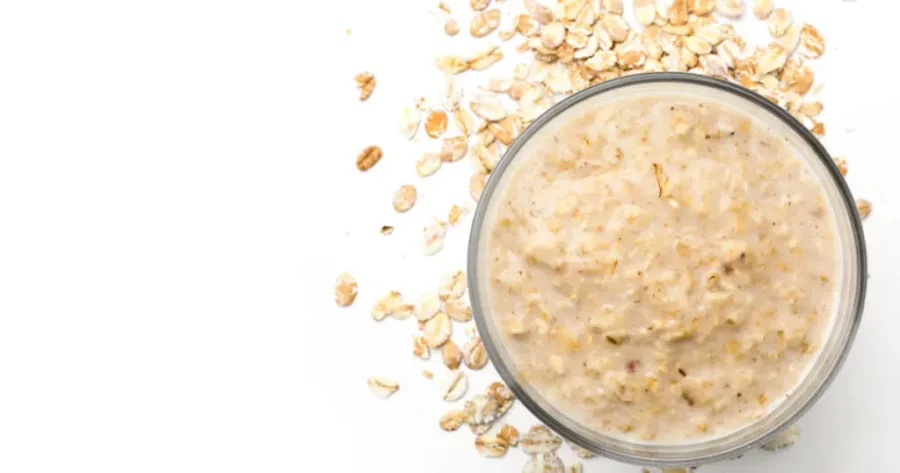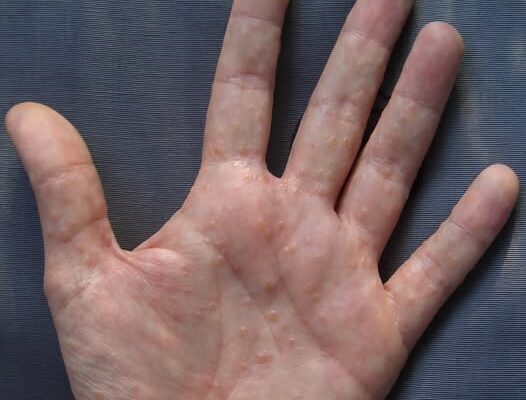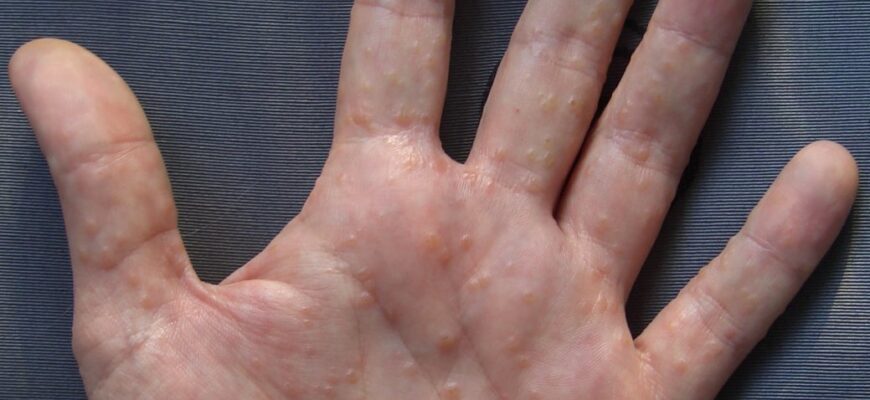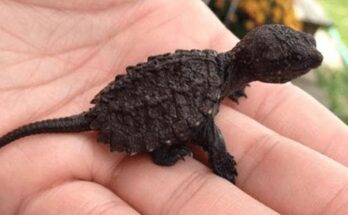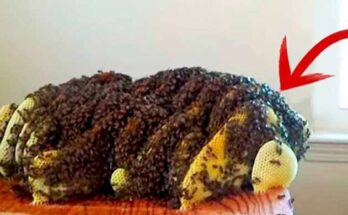If you see these painful red bumps, you may have dyshidrotic eczema
A common skin condition that many people encounter in the spring is dyshidrotic eczema. Despite being an incurable condition, it is manageable and under control. The symptoms are little blisters that itch.
Eczema is the collective term for a group of conditions known as dermatitis that cause skin inflammation. There are only 35 million cases of eczema in the US, according to statistics. Approximately 70% of these events involve children under the age of five.
During a flare-up, the skin gets red, itchy, and swollen and pimples loaded with fluid may leak and harden. Although allergic reactions are the most common cause of eczema, hereditary factors may also be involved. Eczema is not contagious.
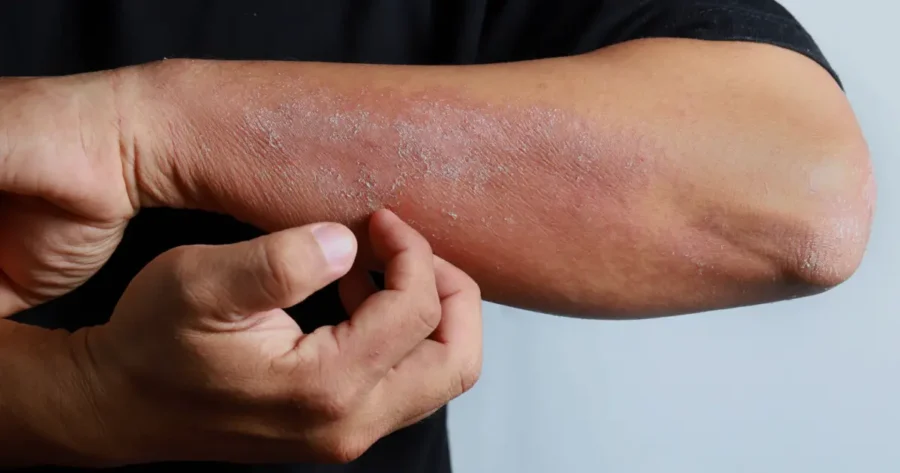
As was previously noted, one of the most common forms is dyshidrotic eczema.
Pompholyx, sometimes called dyshidrotic eczema, is a chronic, recurrent skin condition that usually appears symmetrically on the palms, fingers, and soles. It is itchy. It is typified by 1-2 mm deep-seated, microscopic vesicles that, after a few weeks, melt with scaling.
Pomophlyx, acute and recurring vesicular hand dermatitis, acute palmoplantar eczema, vesicular endogenous eczema, podopompholyx or pedopompholyx (when afflicting the feet), and cheiropodopompholyx are some other names for this ailment. Regarding the exact language and definitions, there is some dispute.
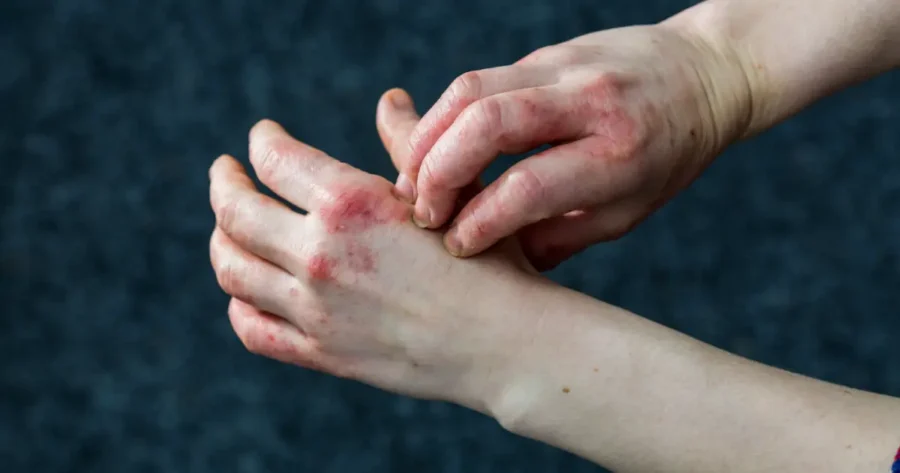
Naturally, not every skin inflammatory condition is related to this specific type of eczema, therefore obtain a proper diagnosis before starting any treatment.
Some of the most common symptoms of dyshidrotic eczema are as follows:
Deeply set blisters on the hands and feet, particularly on the palms, soles, fingers, and toes
Sensitivity to Itching
Smearing cracked, scaly skin Torment
People who suffer from contact dermatitis, hay fever, or atopic eczema are more likely to develop dyshidrotic eczema. Unfortunately, the healing process is slowed down by its propensity to become infected readily.
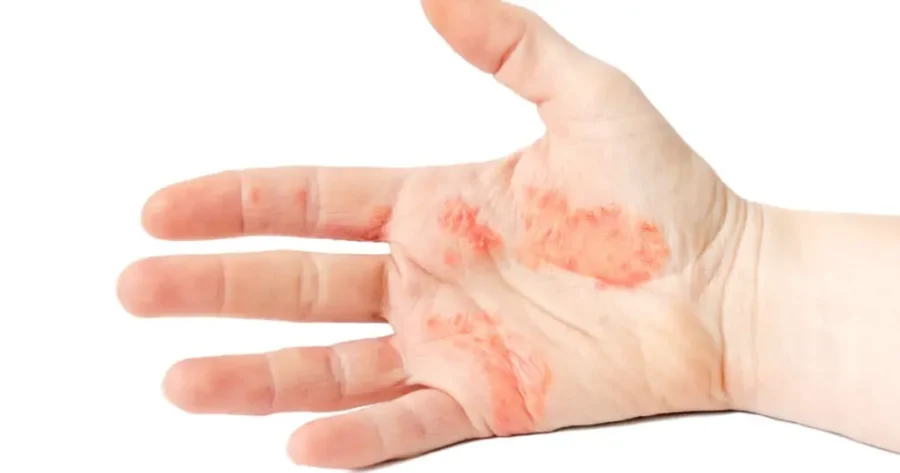
Although there isn’t a miracle cure to prevent flare-ups, following a decent skincare routine can help your skin tolerate more inflammation.
The most popular treatment for dyshidrotic eczema is creams, which might include prescription injections or pills in addition to corticosteroid ointments or creams.
Extra treatments include:
enormous blisters being drained with UV light treatments; antihistamines; a number of anti-itch lotions and ointments, such as Protopic and Elidel, that suppress the immune system
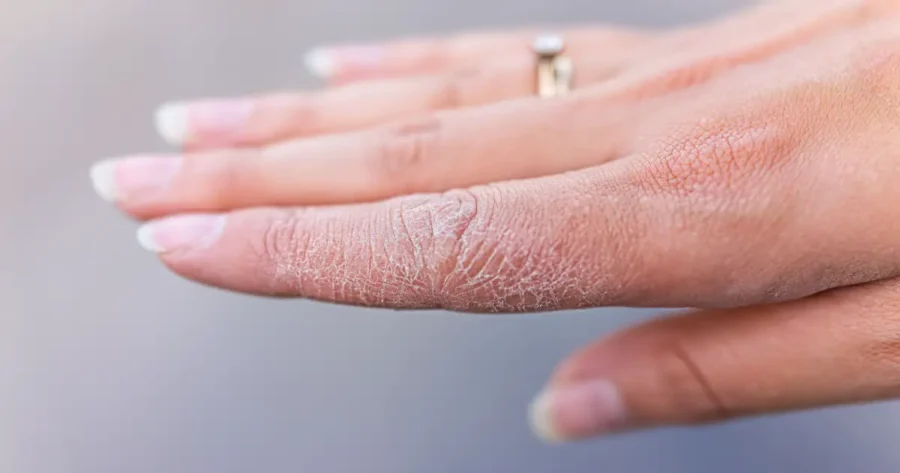
Natural therapies are also available for the treatment and management of the condition in addition to these conventional methods. One of the best strategies to manage eczema is frequently to keep the skin clean and moisturized. The type and frequency of your therapy will depend on your particular symptoms, but these natural, at-home techniques provide you the confidence to use skin care products on your skin.
Cold Compressors
To reduce skin inflammation, soak the affected area and apply cold compresses for fifteen minutes. Repeat this process two to four times a day for best results, and then moisturise the affected area.
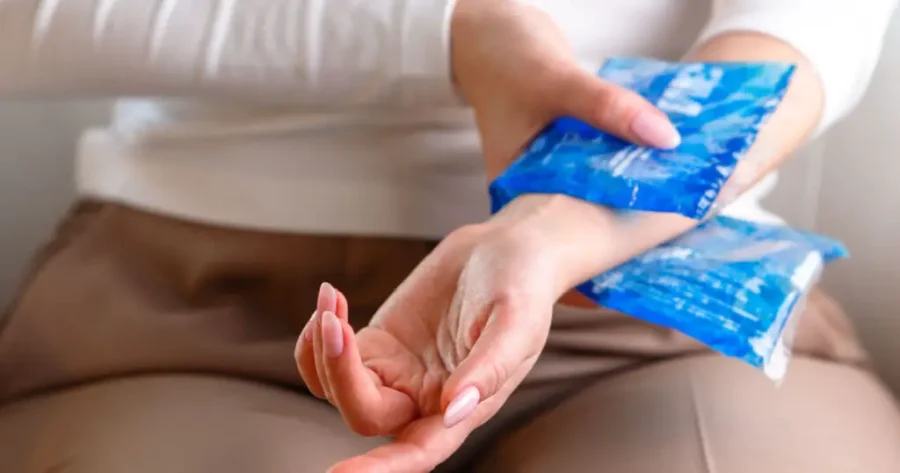
Vera Aloe
Known for its ability to soothe irritated skin and accelerate the healing process, aloe vera can help reduce the symptoms of eczema. For best results, break off a piece of the plant and apply the thick gel directly to your sore skin. Alternatively, you can get an organic aloe vera lotion bottle from your local pharmacy.

